Client: 12ngo
Greensboro, NC
Project Overview:
In 2016, the rise of ridesharing platforms like Uber presented a significant challenge to traditional taxi services. 12ngo, a local taxi company in Greensboro, North Carolina, recognized the need to adapt and evolve to remain competitive. This project encompassed a comprehensive rebranding and strategic overhaul, going far beyond a simple logo update. The scope included new vehicle wraps, the exploration of technology integrations (NFC and a custom app), proposed enhancements to the in-ride experience, and a revised service model designed to directly address the weaknesses of the dominant ridesharing platforms. The ultimate goal was to position 12ngo as a viable, attractive, and superior alternative for both drivers and riders in the local market.
Challenge:
12ngo faced the daunting task of competing with a global giant. Uber’s app-based convenience, extensive network, and strong brand recognition presented a significant hurdle. 12ngo’s existing brand identity was outdated and failed to resonate with the increasingly tech-savvy consumer base.
However, Uber’s rapid growth also revealed several inherent weaknesses in its model. These provided opportunities for 12ngo to differentiate itself:
- Inconsistent Driver Quality: Concerns about driver screening, training, and ongoing performance management led to variable service quality, safety concerns, and an inconsistent rider experience.
- Surge Pricing: Unpredictable and often significantly higher fares during periods of peak demand frustrated riders and created a perception of price gouging.
- Lack of Driver Support: Drivers often lacked access to immediate assistance and felt unsupported by the platform when facing issues with passengers, navigation, or payments.
- Lack of Employee Benefits: Uber drivers were classified as independent contractors, lacking traditional employee benefits such as health insurance, paid time off, and worker’s compensation, leading to financial insecurity.
- Limited Rider Recourse: Riders often found it difficult to resolve complaints, disputes, or safety concerns, with limited access to effective customer support and a lack of clear resolution processes.
- Driver Cancellations: Drivers could cancel accepted rides with minimal penalty, leaving riders stranded and frustrated, particularly during peak times or in less-serviced areas.
Furthermore, the owner of 12ngo was committed to retaining the existing company name, despite its limitations. This presented an additional constraint within the rebranding process.
Solution:
The solution involved a multi-faceted approach, combining strategic market analysis, innovative technology integration (where feasible), and a relentless focus on improving both the driver and rider experience. A key element was directly addressing Uber’s weaknesses to create a clear competitive advantage.
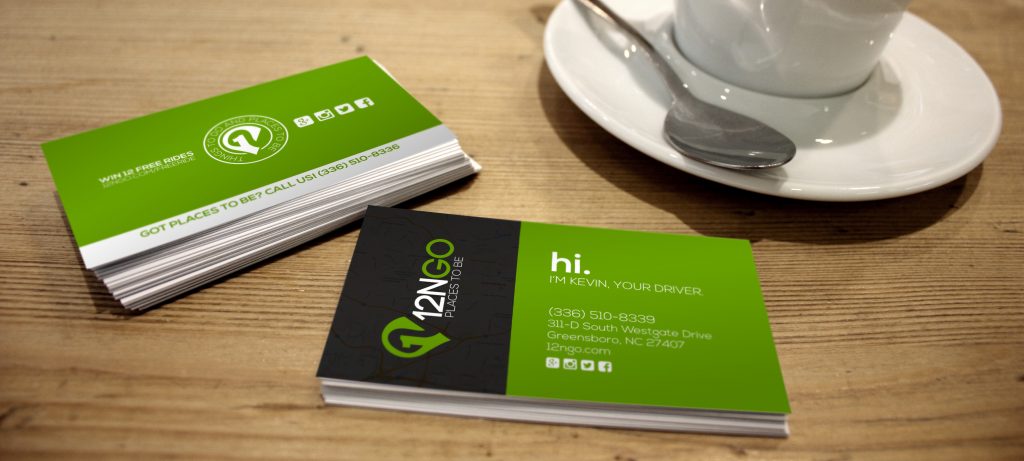
Competitive Analysis & Strategic Positioning:
A thorough competitive analysis was conducted, comparing 12ngo’s traditional taxi service model to the emerging ridesharing model. This identified key differentiators and opportunities. The strategic focus was to provide a more consistent, reliable, and locally-focused transportation service, emphasizing safety, professionalism, and a superior customer experience.
The Logo: Location, Location, Location:
The new 12ngo logo is a concise and memorable visual representation of the service. A stylized ‘1’ is nested within a ‘2’, both contained within the universally recognized shape of a map pin. This design effectively combines the company name with the core concept of location and transportation. The clean, modern aesthetic was chosen to appeal to a younger, professional demographic.
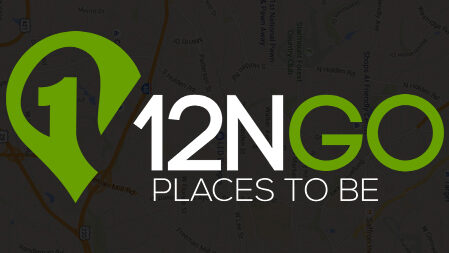
Visual Identity: Beyond the Logo:
The rebranding extended to a complete visual overhaul of the 12ngo vehicle fleet. Custom-designed vehicle wraps were proposed to replace the existing, outdated decals. The design aim was to create a friendly, dependable, and professional appearance, while maintaining a subtle and sophisticated aesthetic, avoiding overly prominent branding. Concepts for branded driver uniforms were also developed.
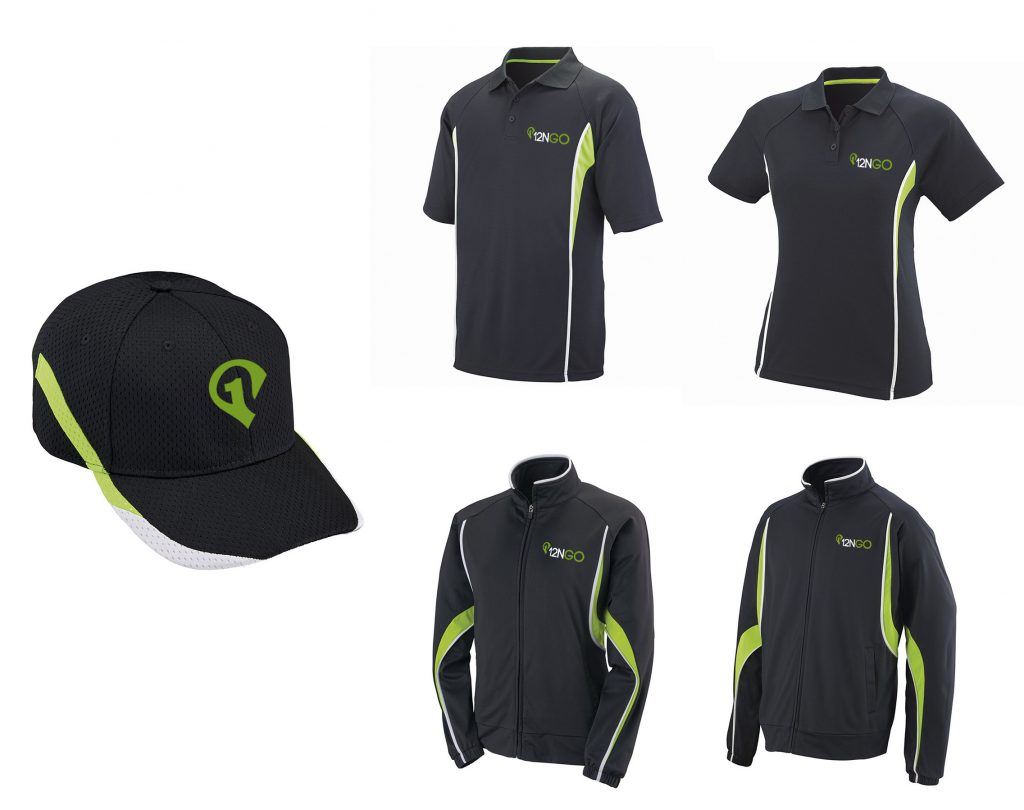

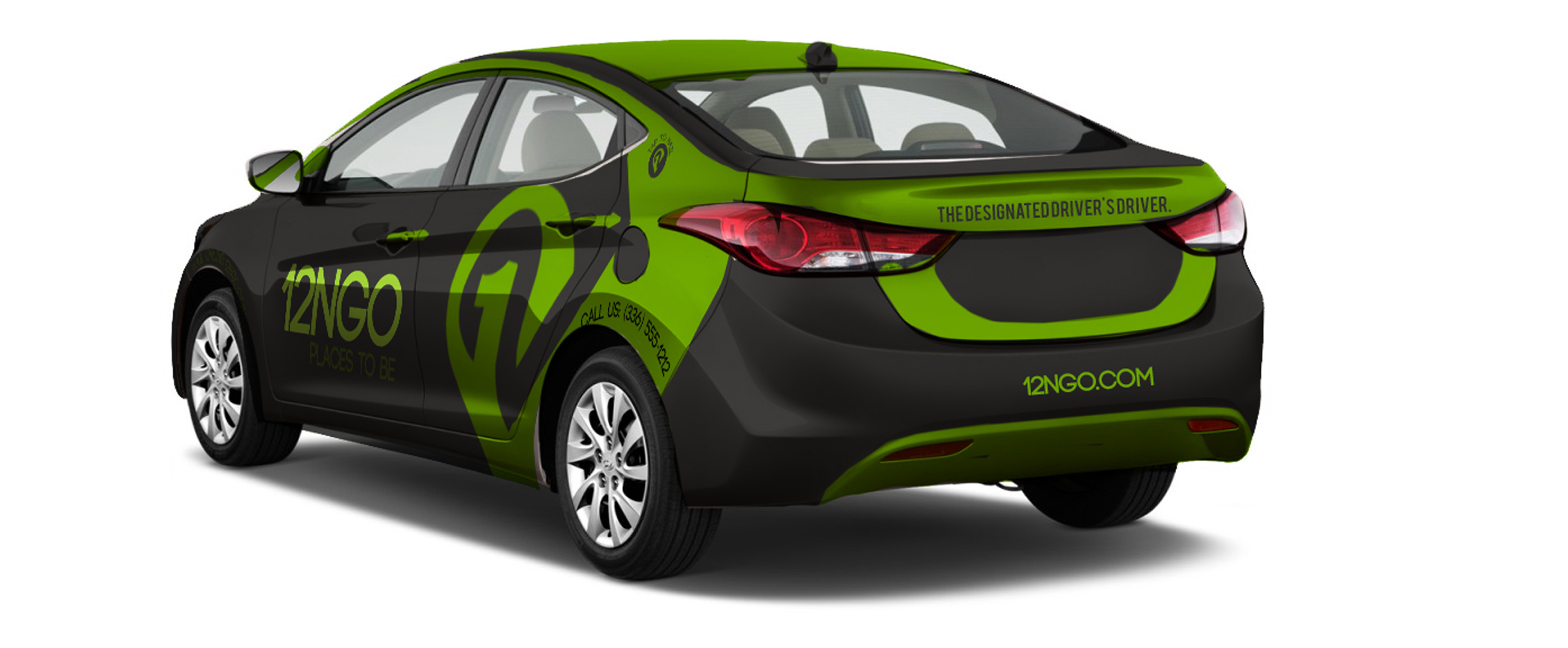
Technology Integration: Hailing the Future:
Recognizing the importance of technology, two key initiatives were explored:
- NFC Tap-to-Hail: Integrating NFC touchpoints into the vehicle wraps and signage was proposed, allowing passengers to hail a cab with a simple tap of their phone.
- The 12ngo App: Development of a full-fledged ridesharing app, similar in functionality to Uber’s, was proposed (and a prototype was created using a CodeCanyon template). This would streamline booking, provide real-time tracking, and offer in-app payments.
The In-Ride Experience: Elevating the Journey:
To further differentiate 12ngo, concepts for enhancing the in-ride experience were developed. These included exploring ad-supported rides (using headrest-mounted monitors with Reuters news and targeted ads) and offering complimentary amenities like snacks, beverages, and even a comfortable blanket.
Addressing Uber’s Weaknesses: A Superior Service Model:
The core of the 12ngo rebrand involved a series of strategic service improvements designed to provide a demonstrably better experience for both drivers and riders:
For Drivers:
| Uber Weakness | 12ngo Solution |
|---|---|
| Inconsistent Driver Quality | Professional Driver Training, Transparent Performance Reviews, Employee Status (not independent contractors) ensuring quality and accountability. |
| Surge Pricing (Irrelevant here) | N/A – This is a driver benefit |
| Lack of Driver Support | 24/7 Live Driver Support via phone and app, providing immediate assistance. |
| Lack of Employee Benefits | Employee Status with Benefits (health insurance, paid time off), Company-Maintained Vehicles (Hyundai Elantras), Company-Paid Fuel, providing financial security and stability. |
| Limited Recourse | Two-Way Rating System with Mediation, ensuring fairness for both drivers and riders. |
For Riders:
| Uber Weakness | 12ngo Solution |
|---|---|
| Inconsistent Driver Quality | Professional, Vetted Drivers, Uniformed Drivers & Branded Vehicles, promoting safety and trust. |
| Surge Pricing | Fixed, Transparent Pricing, eliminating unpredictable fare increases. |
| Lack of Driver Support | Responsive Customer Support via phone and app, providing prompt assistance. |
| Limited Recourse | Enhanced Safety Features (cameras, GPS tracking, emergency contacts), Uniformed Drivers & Branded Vehicles. |
| Driver Cancellations | No Cancellation Guarantee (with penalties for drivers), Scheduled Rides and Short Wait Times, ensuring reliability and convenience. |
| Lack of in ride experience | Premium In-Ride Experience (refreshments, Wi-Fi, clean vehicles), Ad-Supported Rides (entertainment). |
The Local Advantage:
- Local Focus: Emphasizing 12ngo’s deep roots in the Piedmont Triangle community.
- NFC: Tap to hail capabilities
- App based convenience: Easy to use app.
Results and Reflection:
While the full scope of the proposed solutions (specifically the app and in-ride advertising) was not immediately implemented, 12ngo adopted the new logo, visual identity, and several key service improvements. This resulted in a more modern and professional brand image and, more importantly, a demonstrably improved service for both drivers and riders.
This project exemplifies how strategic branding, thoughtful design, and a willingness to address competitor weaknesses can empower a traditional business to adapt and compete in a rapidly changing market. The project in 2016 anticipated some of the growing concerns about the ridesharing model (driver treatment, rider safety, and pricing transparency), highlighting a proactive and insightful approach to business strategy. The project demonstrates expertise in brand strategy, visual identity design, UX/UI design (app concept), technology consulting, and competitive analysis.
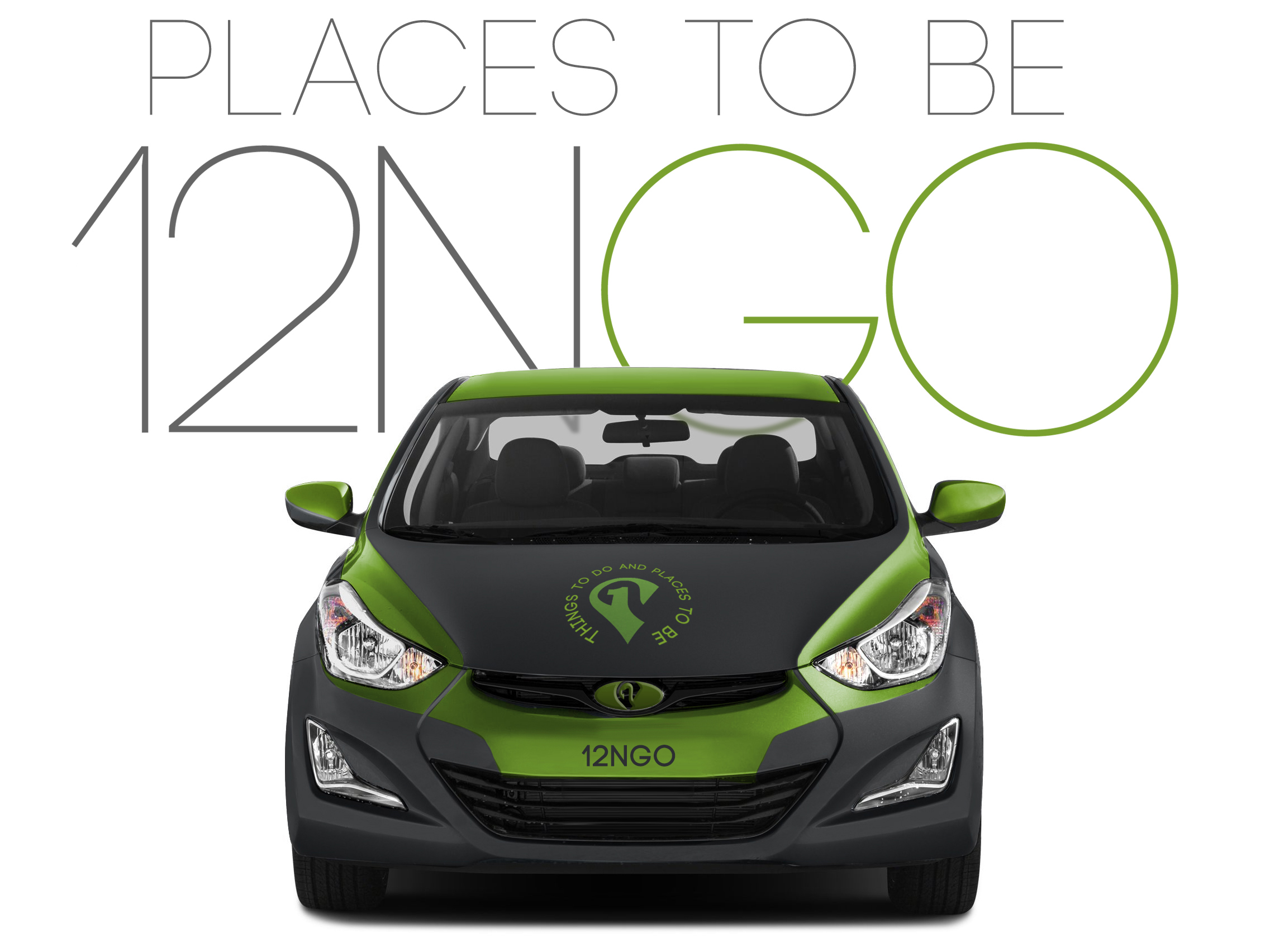


One Comment:
zoritoler imol
March 27, 2025 / at 8:24 pm
I like what you guys are up too. Such intelligent work and reporting! Carry on the superb works guys I have incorporated you guys to my blogroll. I think it’ll improve the value of my website 🙂